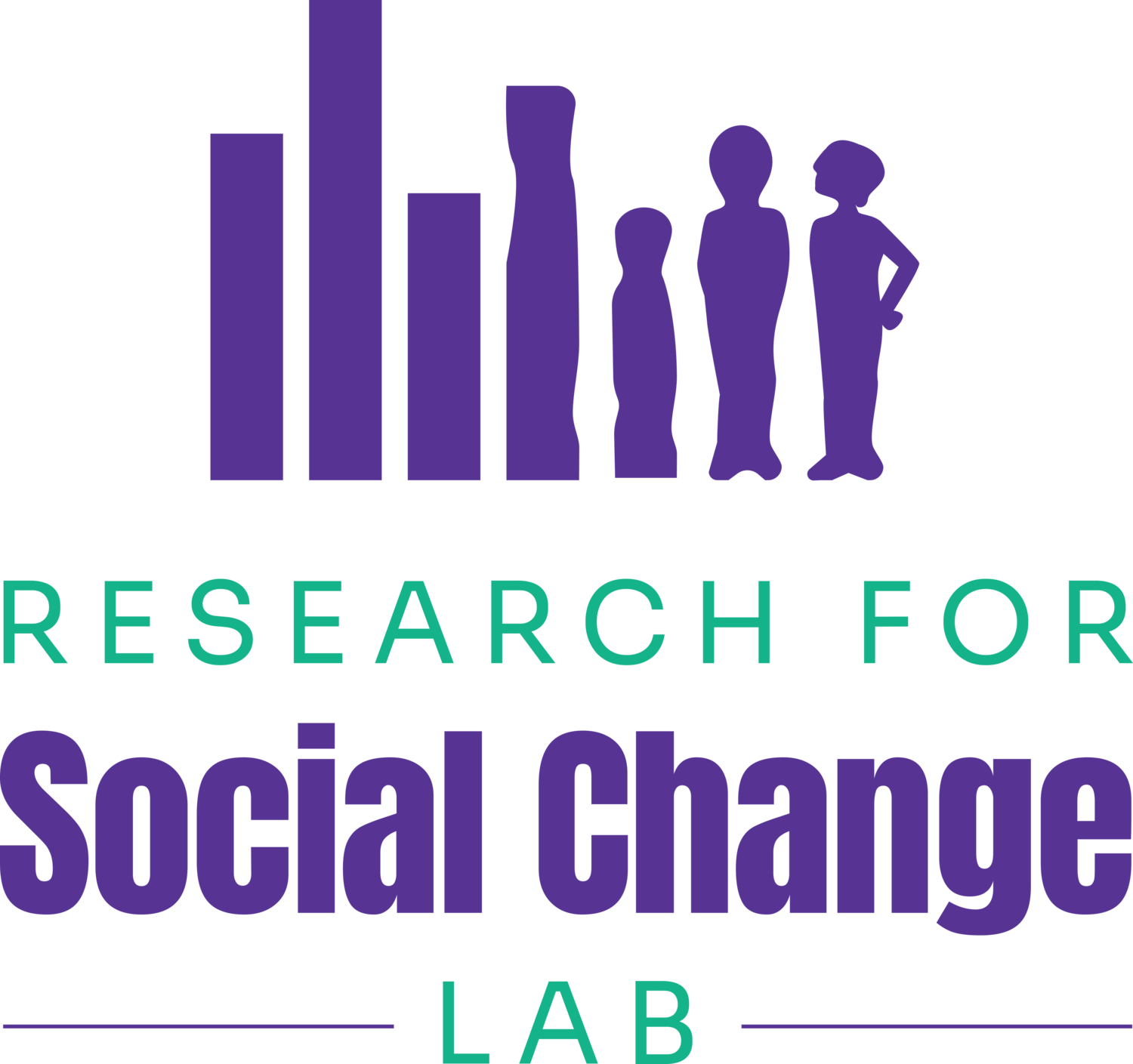REPORT: Stakeholders say Coordinated Access is failing to deliver on promise to end homelessness in Peterborough
On April 26, the Research for Social Change Lab (RSCL) shared findings from its review of Peterborough’s Coordinated Access system with the local Reaching Home Community Advisory Board (CAB).
Click Here to Read the Research Summary (Three Pages)
Or, Click Here to Read the Full Report. (24 Pages)
Coordinated Access is a model for responding to homelessness that the federal government has required many communities, including Peterborough, to implement. As a community, Peterborough first adopted Coordinated Access in 2019. When we did, we set the goal of ending chronic homelessness by 2025.
The RSCL’s research has sought to understand how the implementation of Coordinated Access is being experienced by people in Peterborough. We wanted to learn from local experts what’s working, what’s not working, and how we can better meet the needs of people experiencing housing precarity.
To conduct our review, members of the RSCL interviewed 48 people with experience of homelessness in Peterborough and 42 people who work in the homeless-serving sector in frontline, management, and government roles. We kept our interviews open-ended. We wanted people to feel comfortable sharing whatever they thought was the most important about Peterborough’s system for responding to homelessness.
In our findings, we refer to people experiencing homelessness as “service users” and people who work in the homeless-serving sector as “service providers.” We have given all of our interviewees pseudonyms to protect their identity.
We heard stark assessments from service users and service providers alike. The frustrations coming from both sides painted a picture of a system that isn’t serving anyone well. People in need of housing feel hopeless and express frustrations with the inaccessibility and inadequacy of services. Meanwhile, people who work in the sector feel unable to help, stymied by a lack of resources and impeded by a policy landscape they view as in conflict with their work.
What is Coordinated Access?
Coordinated Access is a set of processes intended to help communities connect people experiencing homelessness with housing resources. The model has four main steps (see diagram below), starting with a client’s first contact with the system and ending — hopefully — with a referral to a housing resource.
It is important to note that Coordinated Access systems are limited by the availability of housing resources in a given community. In Peterborough and across Canada, there are significantly more people experiencing homelessness than there are resources to offer. As such, Coordinated Access helps communities to allocate scarce resources in a time of great need, prioritizing some people for housing while requiring others to wait. This creates a dynamic where certain key commitments of the model sit in tension with one another. On the one hand, the Government of Canada has ratified the right to housing in law; on the other hand, it mandates Canadian municipalities to implement a process for managing homelessness, which is a de facto human rights failure.
What We Heard
The following is a brief summary of the concerns expressed by service users and service providers in their interviews with us. For a more comprehensive account of our findings, please refer to the full report or to the research summary.
Inaccessible services
Coordinated Access systems must have local agencies to serve as access points that operate on a “no wrong door” approach, meaning all service providers can refer people to the Coordinated Access process and the By-Name List. In Peterborough, many of the access points are shelters. But service users and service providers expressed concerns that local shelters are not accessible to everyone experiencing homelessness in Peterborough, which poses a barrier to connecting with the Coordinated Access system.
Assessment, prioritization and matching process is unreliable and hard to understand
Service providers expressed that the standardized assessment tool (the SPDAT) used in Peterborough to understand people’s needs and barriers to housing is administered inconsistently and does not produce reliable results. This makes it difficult to place people into housing programs that meet their needs. Service users and service providers further expressed that the SPDAT is not trauma-informed.
Staff lack resources and support
Staff on the front lines of the housing crisis are working with people who have serious and complex needs, in stressful and risky situations, yet are often paid mere dollars above the minimum wage. One service provider said their agency was “burning through employees,” which compromises staff wellbeing, undermines consistency and erodes institutional memory.
Parks bylaw is making the homelessness crisis worse
Peterborough’s Parks and Facilities bylaw makes it illegal to camp in public parks. Service users and service providers were adamant that enforcement of the bylaw undermines people’s safety and erodes trust, does not improve shelter utilization or access to resources, and worsens the homelessness crisis. Service users found enforcement degrading and fruitless, while service providers said it penalizes, criminalizes, and retraumatizes their clients.
Inadequate harm reduction
Service users and service providers want better adherence to harm reduction principles and policies across the housing and homelessness system. Interviewees stressed the importance of working with people who use drugs to develop a range of spaces, resources and practices to support people with varying needs.
Inadequate housing resources
Service providers struggled to match people with housing resources that were appropriate to their needs and could be sustained. They recognized that low vacancy levels, high rents, and insignificant social assistance rates are driving homelessness. Service users did not always want to participate in the housing programs they were matched to, nor stay in housing that was offered.
Lack of transparent data sharing
Service providers expressed a desire for more transparent access to the City’s data concerning homelessness. For example, aggregated reports detailing which populations on the By-Name List are most likely to experience homelessness and who does/does not benefit from the Coordinated Access process have not generally been made available. This gap in knowledge can impede community efforts to tailor programming to address needs specific to this community.
Final reflection
Thank you for engaging with our research, and please follow the RSCL, as we will continue to mobilize our findings and share them with the community in a variety of ways through the spring and summer of 2023.
Past, current, and future service users are the reason for all of our work. Their homelessness carries the failings of multiple systems in their bodies, minds, and spirits. Meanwhile, service providers in this system experience significant responsibility for community members’ health, safety, and lives. We respect their dedicated work with limited resources, often beyond their pay grade, in challenging and dangerous situations.
In this study, we have endeavoured to treat people’s stories with care, honouring their trust in our process. The urgency of the homelessness crisis cannot be overstated, but the work to address the struggles of people living without adequate housing in this community must be an ongoing, inclusive, collaborative, and creative process. We hope that this research contributes one piece to that process.



